It’s easy to forget that the internet is really young.
For all practical purposes, it’s only about 20 years old. In the history of media and communications technologies, that’s not a long time at all.
But even though the internet is young, it’s changing fast. Over the past few years, we’ve seen the internet become oriented around people rather than destinations (apps and webpages). Alongside, we’ve the rise of multiple different types of interfaces. How will this affect tomorrow’s startups?
(I explored these ideas in a talk I gave on our Inside Intercom world tour earlier this year. The video and slides are embedded below, or scroll down to read more about why the next generation of startups won’t build apps.)
The best way to understand these things is to look back at other times in history when other transformational technologies emerged. If you do that, you see that these things take decades to stabilize.

In the short time the internet has been with us, it’s actually transformed most of society in ways we could never have imagined. It’s totally changed news, for example – where we go to get news, how news breaks.
It’s changed how we buy things too – whether that’s online with Amazon or with other retailers too. It’s changed the economics of everything. But it’s also changed how we buy offline too. These offline businesses also have to adapt, and it changes the economics of their business.

The internet has also fundamentally changed how we communicate. This is my gratuitous family photograph – me, my wife, and our twins who were born in San Francisco when we lived there.

For my parents, this was their first grandchild. They got to experience their grandchildren being born, not the actual birth you’ll be glad to hear, but they got to FaceTime with us, and actually see their grandchildren move, see how tired we looked, all sorts of things. It was very real.
Even if you went back five years ago, maybe ten years ago, the experience for them would be entirely different. They would have had to wait for us to take photographs, print them, and post them to them. Later there was video, which you could shoot on a camcorder and email.
The internet, in such a short space of time, has really changed how we communicate with each other. It’s also changed how we navigate the world. I’m aging myself when I say I remember a time when I used to read books and get maps before I got on an airplane to go somewhere else. No one does that anymore.
They get on the plane, the plane lands and they get off. They take out their phone, and it tells them where they are, where to go, what’s around, what’s next, what’s recommended, and so on. It’s actually changed how people move around physical space.
So it’s important to remember that the internet is still really young and that it’s changing things fast.
Interfaces connect makers and consumers

The second thing is interfaces. An interface is actually quite simple – it connects the makers of something with the consumers of that thing. It’s really that simple. It’s the thing that connects.
Interfaces aren’t a new thing either. They go back hundreds of years. For example, we can go back to markets and market stalls; a market stall was the interface, what connected a business person with potential customers. Stores are exactly the same. The store is an interface between the business owner and potential customers.
When the internet first came about and the first websites were being launched and developed, it looked very similar. This was also an interface – the thing that connected people who used the internet with startups. The website was an interface.

Boo.com, one of the earliest examples of internet ecommerce
What’s interesting about all of these interfaces is that they are all destinations. The market stall, the store, websites, and apps, they are all destinations. We want people to go to our website. We measure that by traffic, by people that actually have to navigate to it. Mobile apps are exactly the same. Interfaces simply connect businesses and consumers. Up until now, interfaces have always been destinations.
People are connected and social

The above photograph is taken from space looking back towards Earth. This is Iberia – Spain and Portugal. You can see Madrid. You can see the northern tip of Africa. You can see Valencia. You can see Lisbon.
What’s amazing about this photograph is that it tells you we’re connected. A sense of connection is actually one of the most primal motivators of the human species. We actually want to connect with one another.
Another universal truth about humans is that we are social. We live for our family, friends and colleagues – probably in that order. Think about the things in your life you do everyday – they all revolve around other people.
When you put these things together, what you start to see is that you have a transformational technology – the internet, and the underlying notion that people orient around other people.
It becomes obvious in hindsight that these things will merge, that they will connect themselves. It’s clear that the internet will actually re-architect itself around people, and all of the services and things we build on the internet will be centered around people and connections and relationships.
The internet is now deeply orientated around people.
When I worked at Google and Facebook, this was emerging as a huge paradigm shift. Both companies thought this was a zero-sum game. There would be one winner, and one winner only.
At the time, Facebook was winning and Google felt this existential threat that they needed to win and own the address book, or own the social graph. If you owned that you would have this immense power. That’s not what happened at all. It was not a zero-sum game. What actually happened was that there many winners. Now there are over a dozen apps, with over a hundred million active users. Many people won.
You can extend this idea not just to messengers and social platforms but any product or service that connects people like Uber, Postmates and Airbnb. They’re connecting people to do new things in new ways. Pretty much every fast-growing technology company is oriented around this idea of connecting people. They are offering new value in new ways because the internet is catching up with real life. That’s all that’s happening.
What happens when people, interfaces and technology connect
What’s interesting though is we are past the point of no return. This shift has happened. The internet is now deeply orientated around people, and that change is not going to reverse.
When you realise the internet is oriented around people, it’s interesting to explore the connection and the relationship between the internet, this foundational technology, these interfaces that up until now have been destinations, and this orientation around people.
Websites are destinations. Not only that, they are also heavily inspired and influenced by the technologies that preceded it. The below website, the BBC, looks like a newspaper. But slowly we are moving away from thinking about pages and traffic and destinations towards something quite different.

Likewise, when you think of things like the App Store, you realize it’s simply a destination to download other destinations. Everyone can sense this model is broken. If you build a mobile app today and you want users, you basically have to buy ads. That’s because people aren’t browsing the App Store. People aren’t sitting at home thinking, “I wish I had a new app.” Yet many startups still think that’s what happens.
So people aren’t browsing the App Store, but they are on these social platforms. Hundreds of millions of people are on multiple platforms, dozens if you count the Airbnbs, Ubers and Postmates of the world. There will probably be hundreds of these new types of services and these huge new platforms are changing.
When you look at all of these things in combination:
- The internet is young and changing
- Interfaces are no longer destinations
- Things are becoming oriented around people
You get two tracts of thought.
1. People-oriented systems
The first is we’re moving towards people-oriented systems, not destinations. Look at the App Store and why it was successful. Discovery was one factor. You could get discovered in the early days. You can’t really anymore. Payment was a big thing. No one wants to deal in payments. You just don’t want to do it, so you outsource it to some other company who does it way better. Apple had iTunes and a whole payment infrastructure there.
You can now discover new things while you’re inside social platforms.
Nowadays, all of the social platforms like Facebook have also got payment infrastructure. You’ve got companies like Stripe who are doing really interesting things to take all of that away, so that’s being eroded. That competitive advantage of these destinations has been eroded.
Meanwhile, something fascinating is happening with these social platforms. Take Bitmoji. I was chatting with a friend on Facebook recently and they sent me a Bitmoji of them. Straight away I thought, “That’s cool. I want that.” Inevitably, I made a Bitmoji of myself, and started using it. Then other people were like, “I want that. What is that?”
This is discovery in context. You can discover new things while you’re inside the social platforms themselves, in the context of the conversation. It’s way more valuable. Bitmoji as a company don’t need app store distribution. These social platforms are so big, but Bitmoji can easily, organically grow in context on the back of those numbers.
When you start thinking about an interface sitting between a customer and a business, you start start to notice other types of things like Bitmoji. Like Uber inside Facebook Messenger. Again, this is discovery in context. You can call on Uber, get an Uber. It’s happening in the flow of a conversation.

What’s fascinating about this is that this is not a destination for Uber. Uber aren’t thinking about Messenger as a destination. There are no ads driving traffic, paid by Uber to Facebook Messenger. That’s just not happening. It’s not a destination.
No one is thinking about pages or traffic or any of that stuff. Something else is happening. What they have to do is they actually have to start to think about how to design a system around that. Suddenly, it’s a people-oriented system. It’s like, “Oh shit. If we’re designing Uber inside Facebook and other social platforms, we have a whole new set of constraints. A whole new set of criteria we need to figure out.” It’s just different.
2. Multiple types of interfaces
The second thing is that there are many types of interfaces, not just apps. Magic is one of Silicon Valley’s most interesting startups. The technology Magic use is SMS. Not voice, AI or machine learning technology – just SMS. Their interface is just texting. They didn’t build a fancy app, they just use SMS. Easy to understand and global distribution. Why would you not use SMS?

Laiye which is the Chinese version of Magic uses WeChat. Exactly the same thing. Why would they build this new interface, this proprietary UI, put it in an app store, when they can just build on WeChat? That’s where the people are.
There’s plenty of other examples. X.ai is another, again, one of the most interesting startups happening around. The interface they choose was email. This is so profound for them that they say, “No signup, no password, no download. You just email.” The whole service is through the interface of email. Again, easy to understand and everyone’s got it.

There’s also other platforms you can build on. You can build a Slack app. You can build a bot in Facebook Messenger. You can build a card for Twitter. For example, Twitter has a whole card platform. Your whole interface can just be cards sitting inside Twitter. There’s a whole heap of options. Or you could just have APIs. The “I” stands for interface and there’s lots of opportunities to build things that are just APIs talking to other APIs.
Things connecting to new things and providing value for people. Again, this isn’t new. Charles Eames, a famous designer in the 1950s had this quote where he said, “Eventually everything connects.” This is happening right now because of the internet. We’re being connected together in all these new interesting ways. When you think about these things, you realize there are many types of interfaces. These many types of internet interfaces are connecting people who make things to people who might want to consume them.
The internet is young. It’s changing. It’s oriented around people now. It’s all about systems and system design. There are many different types of interfaces. Why does this matter?
The Fortune 500 was actually created fairly recently in 1955. Of the first 500 companies, the best companies at the time, only 67 still exist. That’s not a long time ago – just 60 years ago. The reason they don’t exist is because they didn’t adapt to change. They didn’t see change as it was happening around them.
By definition, our industry is changing and changing fast. Everything you do today, all of the things you think you know today, won’t be there tomorrow. There will be different things tomorrow. And we need to embrace that idea.
The post Why the next generation of startups won’t build apps appeared first on Inside Intercom.
from The Intercom Blog https://blog.intercom.com/why-the-next-generation-of-startups-wont-build-apps/

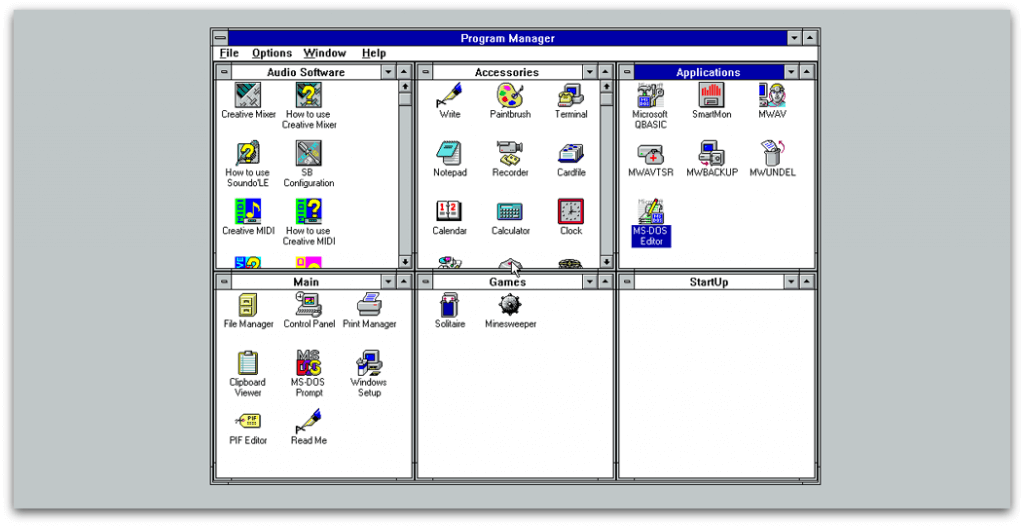

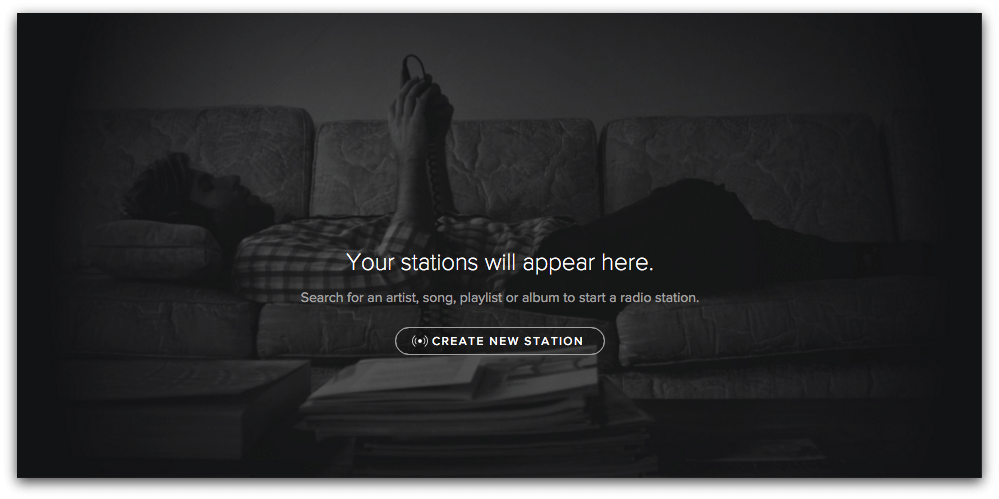

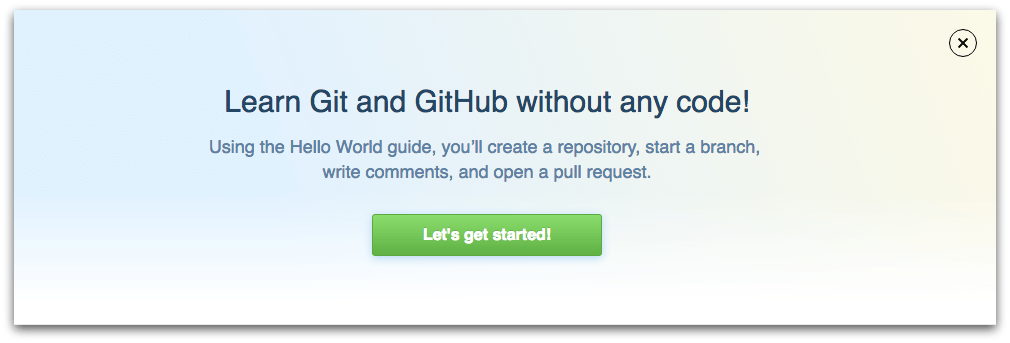
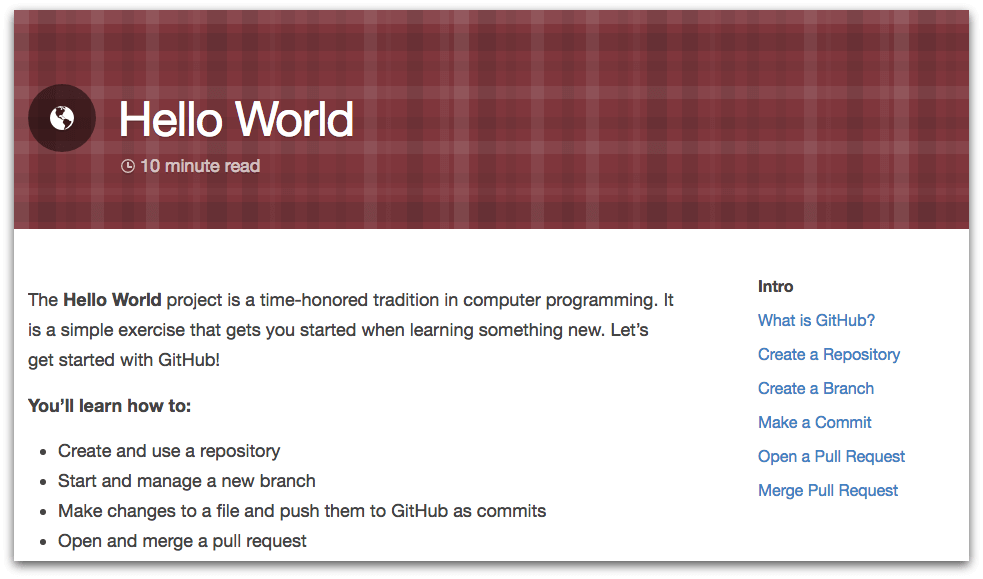
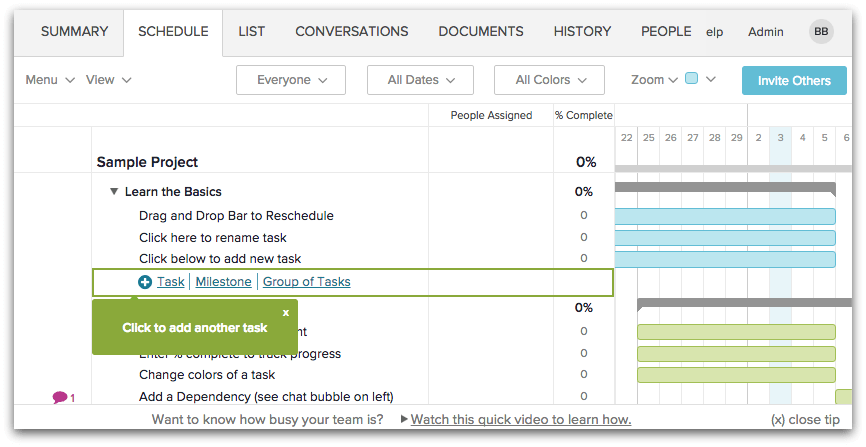
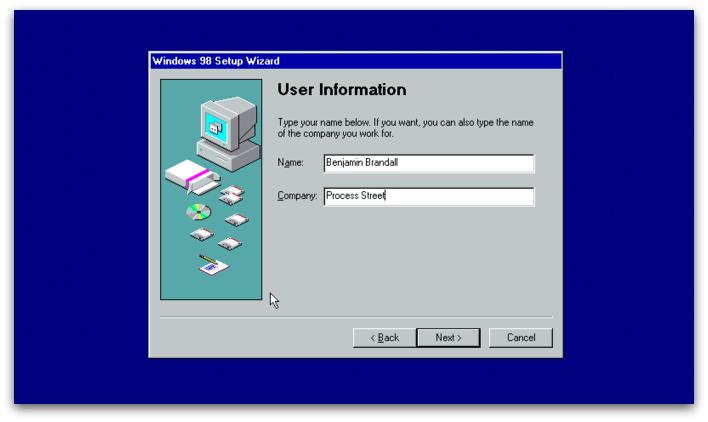

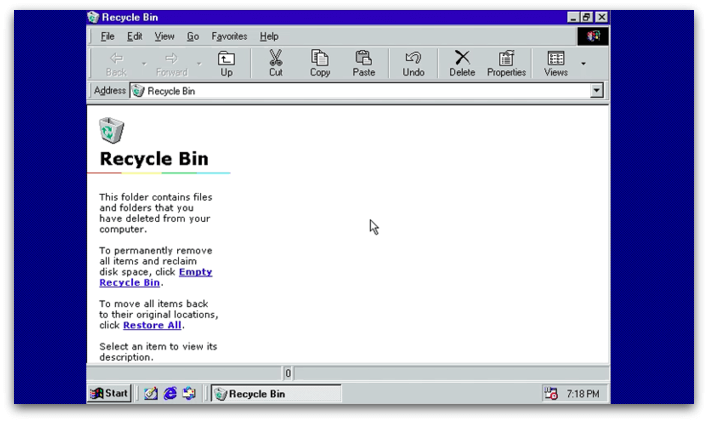
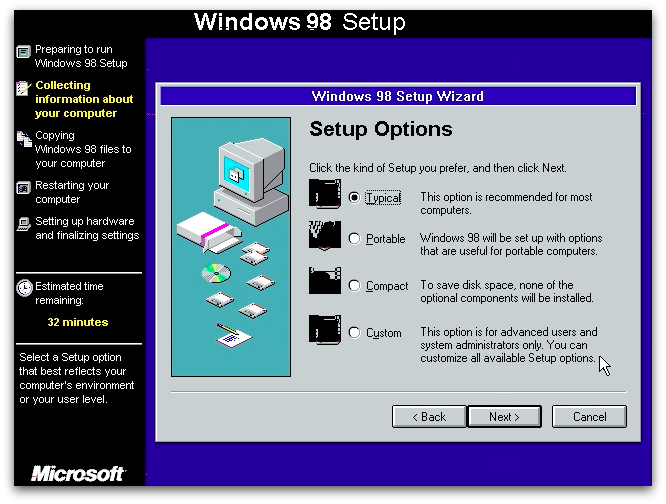
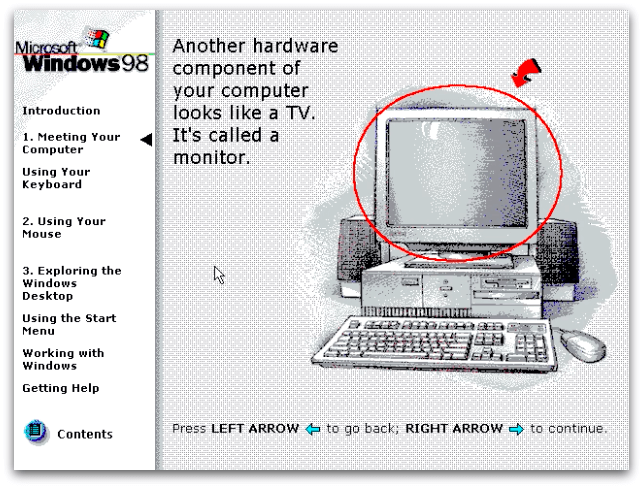
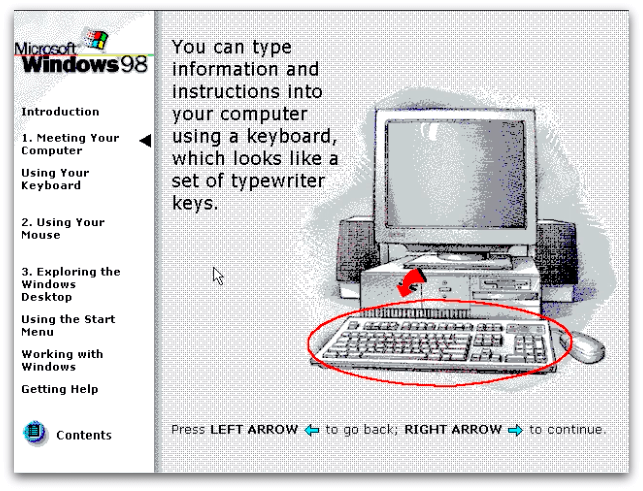
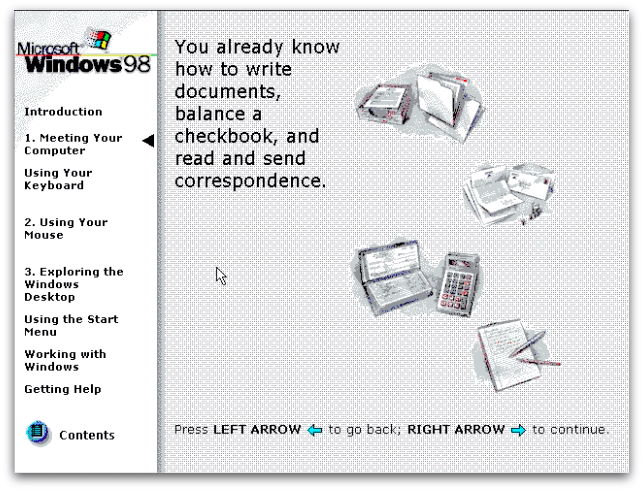
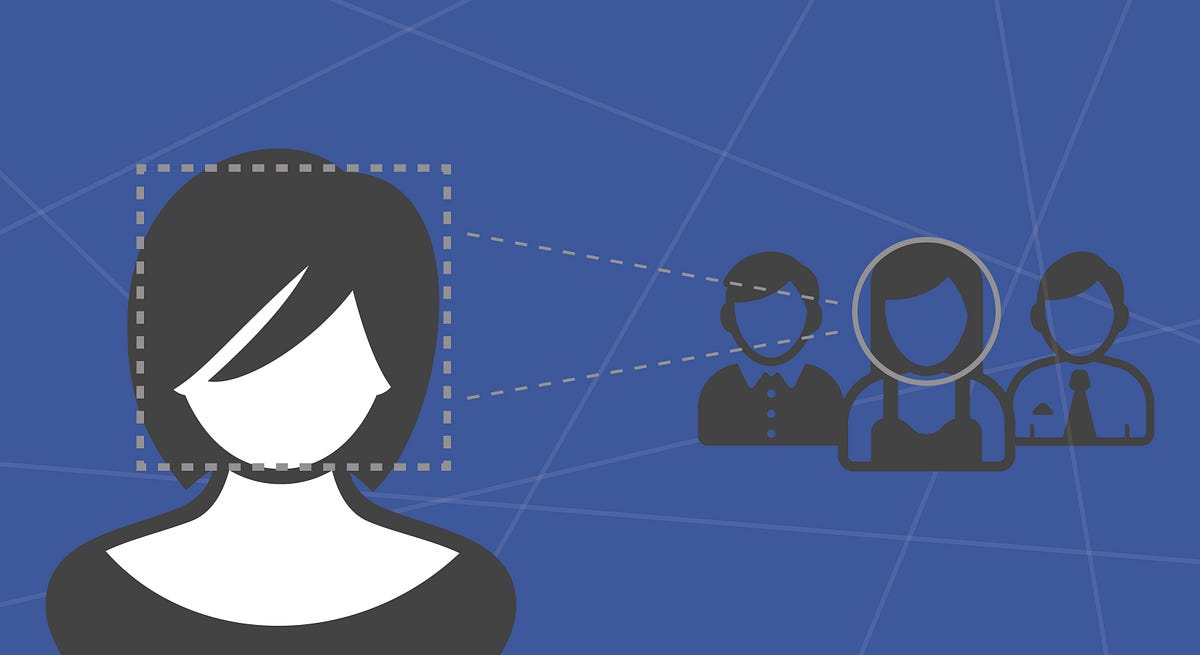
 https://www.fastcodesign.com/3064251/vr-may-be-a-legitimate-design-tool-sooner-than-you-think
https://www.fastcodesign.com/3064251/vr-may-be-a-legitimate-design-tool-sooner-than-you-think

